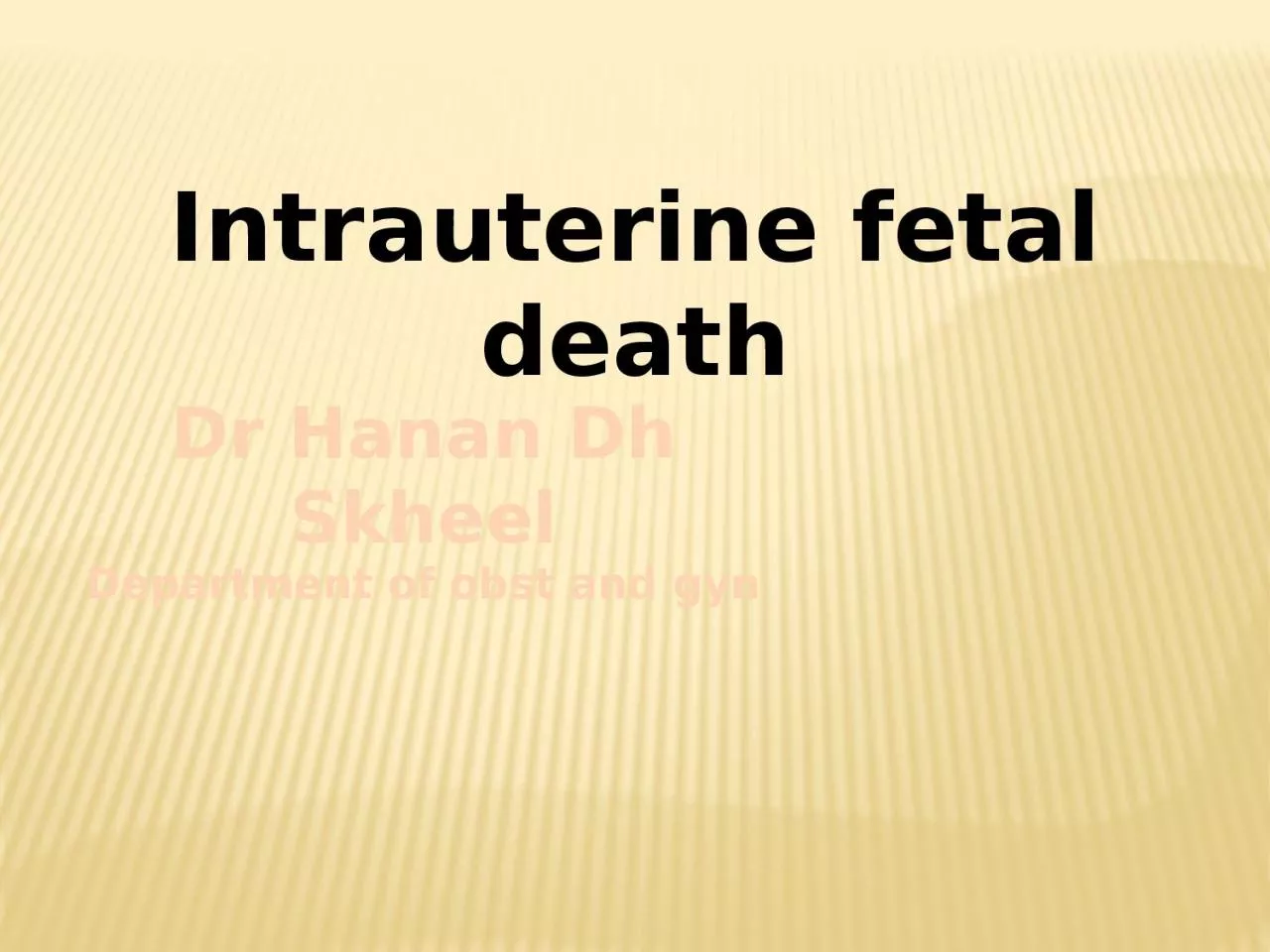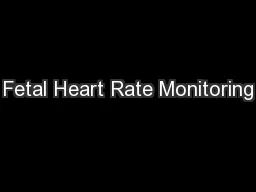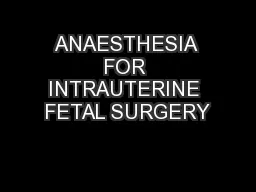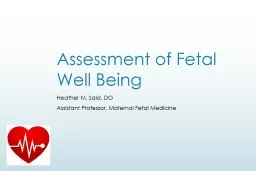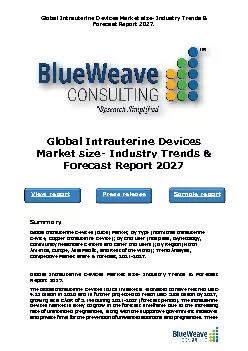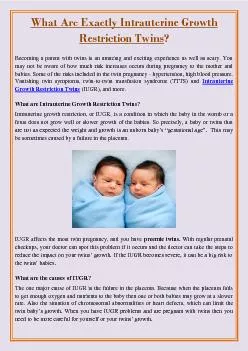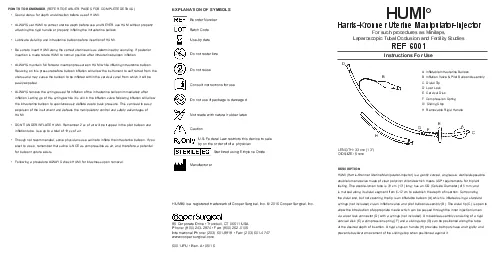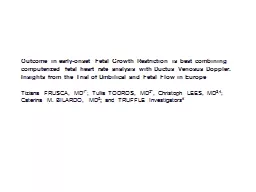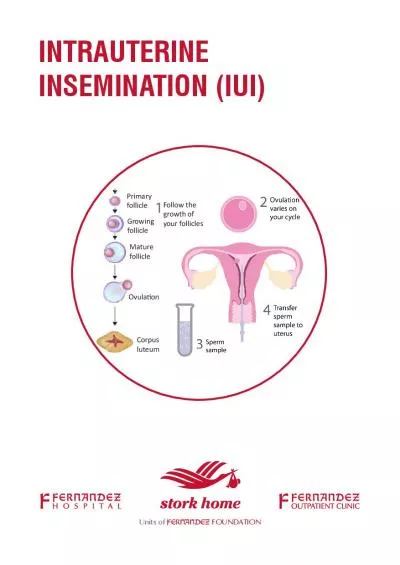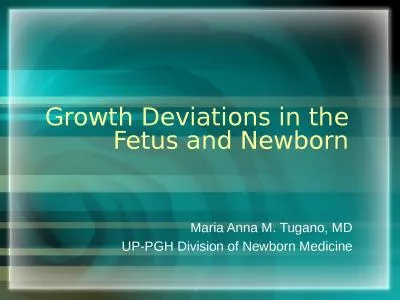PPT-Intrauterine fetal death
Author : emery | Published Date : 2022-06-18
Dr Hanan Dh Skheel Department of obst and gyn stillbirth a baby delivered with no signs of life known to have died after 20 completed weeks of pregnancy Intrauterine
Presentation Embed Code
Download Presentation
Download Presentation The PPT/PDF document "Intrauterine fetal death" is the property of its rightful owner. Permission is granted to download and print the materials on this website for personal, non-commercial use only, and to display it on your personal computer provided you do not modify the materials and that you retain all copyright notices contained in the materials. By downloading content from our website, you accept the terms of this agreement.
Intrauterine fetal death: Transcript
Download Rules Of Document
"Intrauterine fetal death"The content belongs to its owner. You may download and print it for personal use, without modification, and keep all copyright notices. By downloading, you agree to these terms.
Related Documents

